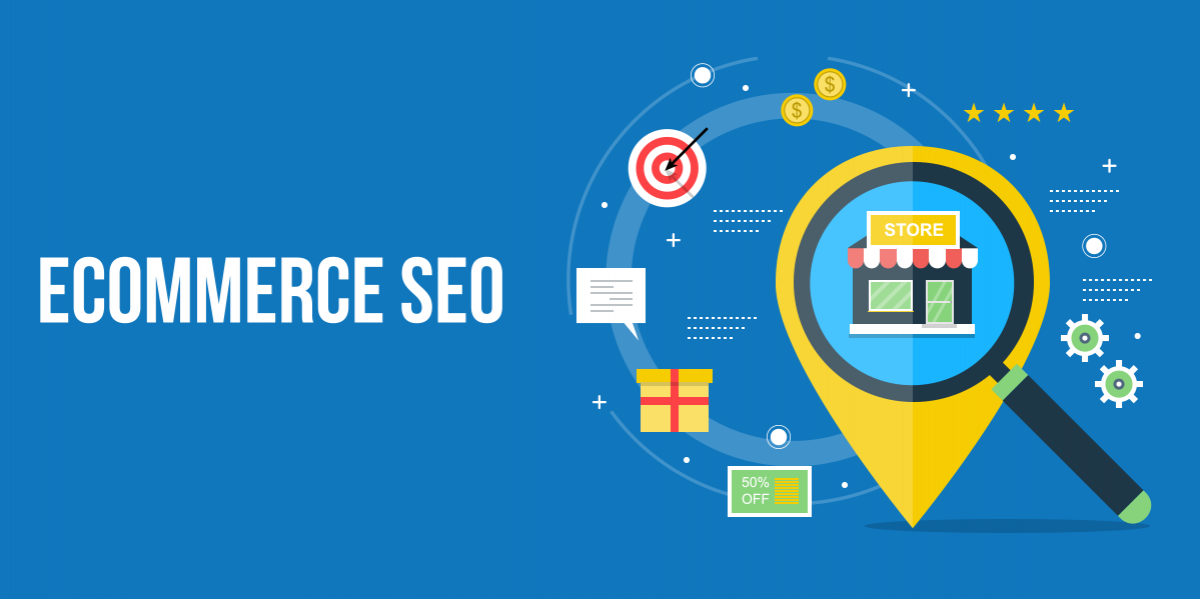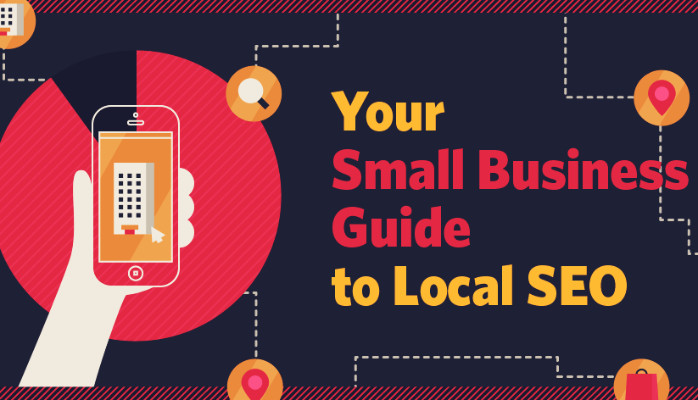E-commerce SEO is essential for boosting your store’s visibility, driving organic traffic, and increasing sales.
With the ever-growing competition in online retail, optimizing your website to rank higher in search engine results is key to success.
This guide will walk you through actionable strategies to improve e-commerce SEO and ensure your site is performing at its best.
Why E-Commerce SEO is Crucial
Unlike traditional SEO for informational websites, e-commerce SEO focuses on optimizing product, category, and transaction pages to rank higher for keywords related to your business. SEO helps attract potential customers at various stages of the buying journey—from awareness to purchase.
Key benefits of improving e-commerce SEO:
- Increased organic traffic
- Higher visibility for products
- Improved user experience
- Greater authority and trust
- More sales and revenue
Top Strategies to Improve E-Commerce SEO
1. Optimize Product Pages
Your product pages are the heart of your e-commerce website, so it’s essential to optimize them for both search engines and users.
Key optimization tips:
- Product Titles: Include relevant, descriptive keywords in your product titles, focusing on long-tail keywords. For example, “Men’s Leather Jacket” can be expanded to “Men’s Black Leather Jacket with Zipper.”
- Meta Descriptions: Write compelling meta descriptions for each product page that include primary keywords and emphasize unique selling points. While meta descriptions don’t directly affect rankings, they influence click-through rates (CTR).
- Unique Product Descriptions: Avoid using manufacturer descriptions or duplicate content. Write original, detailed, and engaging descriptions that highlight product features, benefits, and specifications.
- Image Optimization: Use high-quality images with descriptive alt tags that include target keywords. This improves search engine visibility and helps your products appear in Google Image Search.
2. Conduct Keyword Research for E-Commerce
Keyword research is the foundation of any successful SEO strategy. Identifying the right keywords will help your products rank higher and attract qualified traffic.
How to conduct keyword research:
- Use E-Commerce-Specific Keywords: Focus on keywords that potential customers are searching for, such as product names, categories, or specific features (e.g., “buy organic cotton shirts”).
- Target Long-Tail Keywords: Long-tail keywords have less competition and are more specific to search intent. For example, instead of targeting “women’s shoes,” target “comfortable women’s running shoes for flat feet.”
- Competitor Analysis: Use tools like SEMrush or Ahrefs to analyze your competitors’ top-ranking keywords and find gaps you can exploit.
- Consider Search Intent: Understand what users are looking for at different stages of the buyer’s journey (awareness, consideration, decision) and tailor your keywords accordingly.
3. Improve Site Structure and Navigation
A well-organized site structure makes it easier for both users and search engines to navigate your store. It also helps distribute link equity, making sure important pages rank higher.
Key site structure improvements:
- Create a Clear Hierarchy: Organize your site into clear categories and subcategories. For example, create separate categories for “Men’s Clothing” and “Women’s Clothing,” with subcategories like “Jackets” or “T-Shirts.”
- Use Breadcrumbs: Implement breadcrumb navigation to help users understand where they are within the site. Breadcrumbs also improve internal linking and SEO.
- Simplify Navigation: Ensure your navigation is user-friendly with intuitive menus, dropdowns, and filters that make it easy for users to find what they are looking for.
4. Optimize for Mobile
Since most e-commerce traffic now comes from mobile devices, it’s essential that your website is mobile-friendly. Google prioritizes mobile-first indexing, meaning it primarily uses the mobile version of your site for ranking purposes.
How to optimize for mobile:
- Responsive Design: Ensure your website is fully responsive, meaning it adjusts to different screen sizes seamlessly.
- Fast Loading Speed: Use tools like Google PageSpeed Insights to test and improve loading times on mobile. Compress images, minify CSS and JavaScript, and reduce server response times to enhance performance.
- Simplified Checkout Process: Optimize your checkout flow for mobile users by reducing the number of form fields and offering popular mobile payment options like Google Pay or Apple Pay.
5. Implement Internal Linking
Internal linking helps search engines understand the hierarchy of your website and distributes link equity across your pages. It also keeps visitors engaged longer, reducing bounce rates.
Best practices for internal linking:
- Link Related Products: On each product page, suggest related products that the customer may also be interested in. This encourages visitors to browse more and improves SEO.
- Use Descriptive Anchor Text: When creating internal links, use anchor text that includes relevant keywords. For example, instead of “click here,” use “shop women’s summer dresses.”
- Link to High-Performing Pages: Link to your top-selling or high-converting product pages from your blog posts or other internal content.
6. Optimize Category Pages
Category pages often have more SEO potential than individual product pages, especially for ranking broad keywords (e.g., “women’s shoes”). Optimizing these pages is crucial for improving overall site visibility.
How to optimize category pages:
- SEO-Friendly URL Structure: Use short, descriptive URLs with primary keywords. For example, instead of “www.example.com/abc123,” use “www.example.com/mens-shoes.”
- Include Engaging Content: Add a brief introductory paragraph to each category page that describes the products and includes relevant keywords. This can help Google understand the relevance of the page.
- Use Filters and Sorting Options: Add filter and sorting options (e.g., by price, color, size) to help users find what they need quickly, but make sure these options don’t create duplicate content. Use canonical tags to prevent this issue.
7. Leverage User-Generated Content
User-generated content (UGC), such as product reviews and ratings, can significantly enhance your SEO efforts. Google favors sites with fresh, engaging content, and UGC helps build trust with potential customers.
How to encourage user-generated content:
- Product Reviews: Enable product reviews on each product page and encourage customers to leave honest feedback. Positive reviews can improve your rankings, especially for long-tail keywords (e.g., “best winter jacket for extreme cold”).
- Q&A Sections: Add a question and answer section to your product pages where users can ask questions about the products, and your team can respond.
- Customer Photos: Encourage customers to upload photos of themselves using your products. These images can improve engagement and provide additional content for your pages.
8. Create SEO-Optimized Blog Content
Content marketing is a powerful way to improve SEO, and a blog can drive more organic traffic to your store. Blog posts allow you to target informational keywords and build topical authority in your niche.
How to create effective blog content:
- Write Product Guides: Create in-depth product guides that help users make informed purchase decisions (e.g., “How to Choose the Perfect Running Shoes”).
- Seasonal and Trending Topics: Write about seasonal trends, events, or holidays that relate to your products. For example, “Best Valentine’s Day Gifts for Him.”
- Internal Linking: Link to relevant product or category pages within your blog posts to drive traffic and improve rankings.
9. Use Structured Data Markup (Schema)
Structured data, or schema markup, helps search engines understand your content better and can lead to rich results like product ratings, prices, and availability showing up in search results.
How to use structured data:
- Product Schema: Add structured data to your product pages to highlight important details like price, availability, and reviews. This can improve your visibility in Google’s rich results.
- Breadcrumb Schema: Use breadcrumb schema to help Google understand your site’s structure, making it easier to rank your pages.
- FAQ Schema: If you have a FAQ section on your product or category pages, use FAQ schema to potentially earn featured snippets in search results.
10. Build Quality Backlinks
Backlinks remain one of the most important ranking factors in SEO. By earning high-quality links from reputable websites, you can boost your domain authority and improve your e-commerce site’s rankings.
How to build backlinks:
- Reach Out to Influencers: Collaborate with influencers or bloggers in your niche to review your products and link back to your site.
- Guest Posting: Write guest posts for industry-related websites and include links to your product or category pages.
- Broken Link Building: Find broken links on other websites related to your niche, then offer your content as a replacement link.
Final Thoughts
Improving your e-commerce SEO requires consistent effort and a comprehensive approach. By optimizing product pages, conducting thorough keyword research, improving site structure, leveraging user-generated content, and building high-quality backlinks, your e-commerce website can achieve higher rankings, attract more traffic, and ultimately, increase sales.
Stay up-to-date with the latest SEO best practices and algorithm updates, and regularly monitor your site’s performance to make data-driven decisions for continued improvement.




